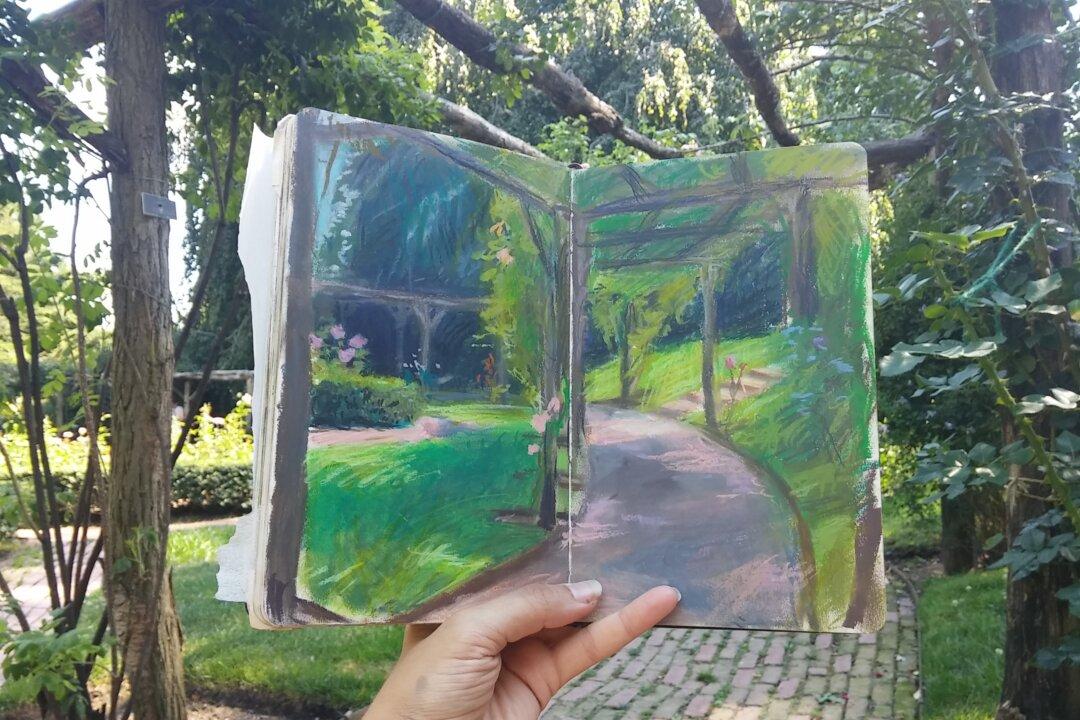NEW YORK—“Flaming June,” the iconic painting of the Victorian era by Sir Frederic Leighton (1830–1896), has followed a most unusual trajectory. Around the turn of the century, art collector Samuel Courtauld called it, “The most wonderful painting in existence … a gorgeous piece of flamboyance.” Some decades later, when the English composer Andrew Lloyd Webber asked for money from his family to buy “Flaming June,” his grandmother replied “I will not have Victorian junk in my flat.”
Passing from one owner to the next as it was falling out of fashion, “Flaming June” at one point was boarded up behind the false panel of a chimney mantel in a house in Clapham Common on the outskirts of London. It disappeared for decades, until it was mysteriously rediscovered and resuscitated at a most unlikely time, in 1962 when Andy Warhol was painting Campbell soup cans, when Victorian art was stigmatized for being prudish and sentimental.






